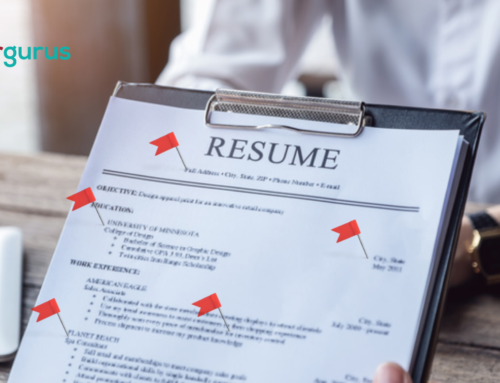Employers can put new employees on a probation period (also known as a probationary period) to assess if employees are suitable for the role and business. Many awards and agreements specify how long the probation period should be. If not specified, three months used to be the norm, but with unfair dismissal jurisdiction not kicking in until the employee has been employed for six months, this is now becoming the usual period of time assigned as a probation period. While on probation, employees continue to receive the same entitlements as someone who isn’t in a probation period. If hired on a full-time or part-time basis, an employee on probation is entitled to accrue and access their paid leave entitlements such as annual leave and sick leave.
With the difficulties involved in getting rid of long term “bad” employees, it’s imperative that the probation period is used properly to fully assess the employees’ suitability for the role. Often employers get to the end of staff members’ probation period and want to terminate. When we ask what induction, training, feedback and communication of expectations has taken place, often the answer is none! It happens way too easily, we’re all busy, we’ve been doing the job so long ourselves it feels like second nature – you think “how can this dude not get it?”
To be fair, make sure they’ve been told. It’s not reasonable to expect a person to walk in off the street and know everything about your business and your expectations.
The probation period should be used to identify learning gaps, impart critical information, provide feedback and training and encourage a two-way communication process, so that not only do you know if this person is worth keeping, you will also learn how to keep them. Remember, probation works both ways, the employee is still deciding if this is the right job for them, and you risk losing a great person if you don’t invest in them in the first few months.
To do this properly, implement a documented probation plan that covers induction, training and performance expectations for the full probation period, as the new employee grows into their role. Clarify performance expectations, be clear about shortcomings, give feedback (both constructive criticism and positive feedback) and make sure all necessary training has been completed in a logical time-frame and check that learning outcomes are being applied. Make sure the employee feels motivated and challenged, and that the tasks they are doing play to their strengths. Get them to help identify new areas of training required.
With any performance management process, it’s essential to remember that no one goes to work to do a bad job – and let’s face it, you hired this person because you thought they would be successful. If they’re doing a bad job, something is wrong, and this needs to be identified then diplomatically and effectively addressed. This is even more important during the probation period; it’s costly to hire a new employee, so it’s essential to invest in that person to avoid having to go through the process again.
Always be fair to people – a job is someone’s livelihood and should not be taken away without the proper effort being made to get the employee up to scratch – so use the probation period to keep your employee on track, and to make sure that at the end of the probation period you have a top performer – or you are 100% certain they are not the person for the job.
If an employee doesn’t pass their probation, they are still entitled to receive notice when employment ends and have their unused accumulated annual leave hours paid out.
If you would like some help putting together Probation Plans for your business, contact HR Gurus, we’d be happy to help!
Continue Reading
Get a personal consultation.
Call us today at 1300 959 560.
Here in HR Gurus. We make HR simple because it should be.





